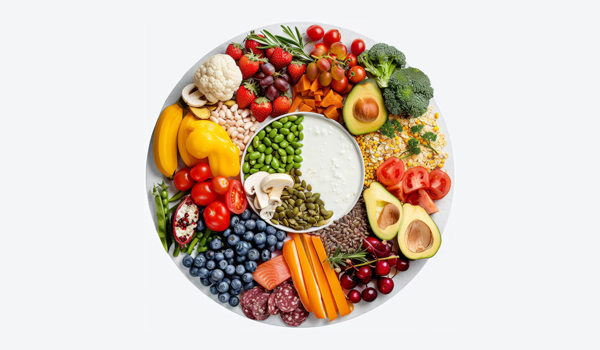Luxury dining goes beyond gourmet taste—it’s about rarity, exclusivity, and painstaking production. Some of the world’s most coveted foods, from saffron to white truffles and Almas caviar, command staggering prices due to their unique harvesting methods and limited availability. Here’s a look at six of the most expensive delicacies that redefine indulgence.
Saffron – The Golden Spice
Often referred to as “red gold,” saffron is the most expensive spice globally, fetching up to $5,000 per pound. Extracted from the delicate stigmas of the Crocus sativus flower, each bloom produces just three strands, requiring over 75,000 flowers for a single pound. Its labor-intensive harvest and medicinal properties contribute to its sky-high value.
Almas Caviar – The Jewel of the Caspian Sea
Sourced from rare albino sturgeons in the Caspian Sea, Almas caviar is among the priciest foods, costing around $25,000 per kilogram. This delicate, buttery treat is often packaged in 24-karat gold tins, reflecting its exclusivity. The long maturation period of the sturgeon and the difficulty of harvesting contribute to its rarity.
White Truffles – The Gourmet’s Treasure
Found in the forests of Italy and France, white truffles are highly prized in the culinary world, selling for over $3,000 per pound. These aromatic fungi cannot be cultivated and must be foraged using trained dogs or pigs, making them a true gourmet rarity.
Matsutake Mushrooms – Japan’s Fragrant Rarity
This rare mushroom, found in Japan, China, and Korea, can cost up to $1,000 per pound. Its declining population due to habitat destruction and its unique symbiotic growth with certain trees make it incredibly difficult to cultivate. The mushroom’s distinctive spicy and fruity aroma makes it a prized ingredient in Japanese cuisine.
Manuka Honey – Liquid Gold of New Zealand
Hailed for its medicinal benefits, Manuka honey, produced in New Zealand and Australia, can cost more than $500 per kilogram. Its powerful antibacterial properties, high levels of methylglyoxal, and strict grading standards make it one of the world’s most expensive honeys.
Yubari King Melon – Japan’s Status Symbol
Grown exclusively in Yubari, Hokkaido, these perfectly round, ultra-sweet melons symbolize luxury in Japan. A single pair was once sold for $45,000 at an auction. Farmers hand-pollinate and even massage the melons to ensure their premium quality, making them a sought-after gift and delicacy.
From rare spices to meticulously cultivated fruits, these extravagant foods represent the pinnacle of luxury dining, proving that exclusivity and craftsmanship often come with a hefty price tag.


